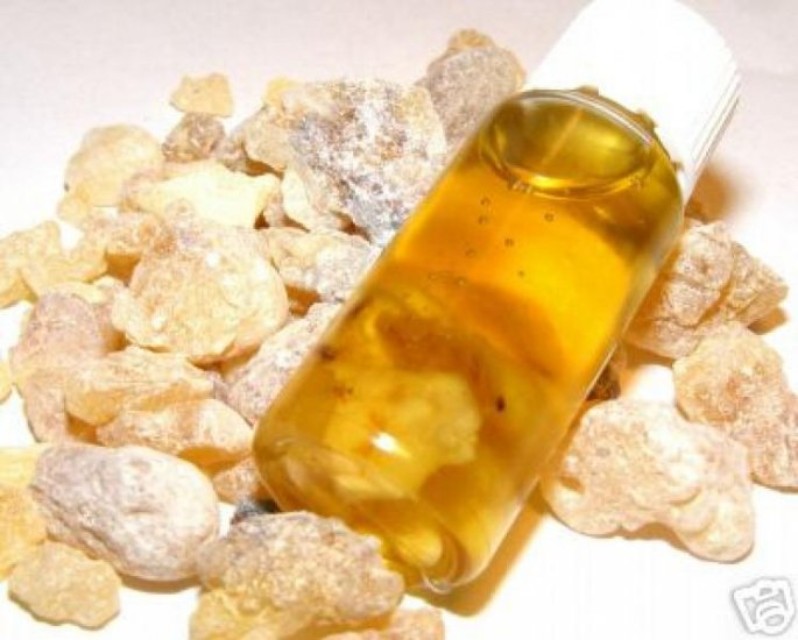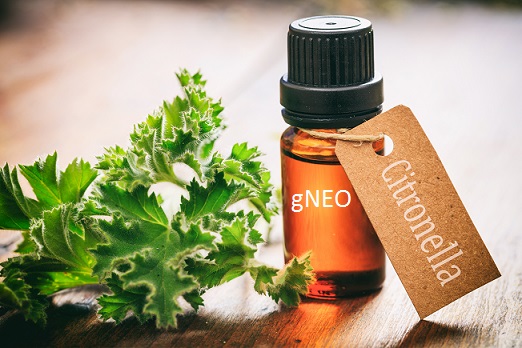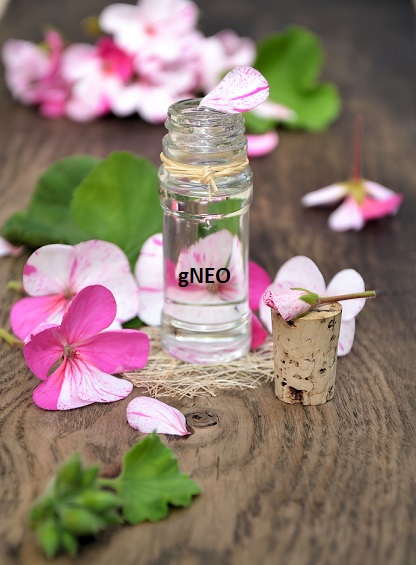Ylang Ylang III (Cananga Odorata) essential oil is extracted from the yellow flowers of the Cananga tree. Native to India all the way to the Philippines and Madagascar, Ylang Ylang essential oil is typically distilled in a way that varies from most other essential oils. It is a method of distillation where the process is actually stopped in intervals, and the resulting oil is collected at each interval. Each interval results in a weaker oil and as such, the oil collected from the first interval (or fraction) is the most sought-after by aromatherapists. This batch is named “Ylang Ylang Extra“. The next batch collected is aptly named “Ylang Ylang I” and so forth. This listing is our Ylang Ylang III essential oil, and is usually used more for fragrances and perfumery. You will need to know what specific Ylang Ylang fraction best suits your needs.
Ylang Ylang III Essential oil is used as a remedy for various health conditions not forgetting that it is still a favorite in the perfumery industry as it has a strong yet sweet aroma. Its’ naturally rich, floral scent is considered to be romantic and uplifting, and that is why most people prefer to diffuse Ylang Ylang III Essential Oil in their rooms or mix with their home cleaning products. In addition, it can prove useful in soothing the body by adding a few drops of the oil to your bath water or body lotion.
It has relaxing and soothing properties that make it convenient in aromatherapy for treating numerous stress-related disorders including nervous tension, anxiety, and depression.
Steam distilled from the flowers of the tree.
Odor and Appearnace : A clear liquid with a yellow tinge.
County of origin : Madagascar
Botanical name : Cananga Odorata
Extraction Method: Steam distilled
Odor and Appearance: A clear, pale yellow, viscous liquid with a distinct odor suggestive of sandalwood.
Main Constituents: Germacrene-D, Benzyl acetate, Linalool, Geranyl acetate, Caryophyllene, Farnesene, Benzyl benzoate, Methyl benzoate, Eugenol, Geraniol, Beta-caryophyllene, Alpha-pinene, Delta-cadinene
Common Uses: Ylang ylang III essential oil has a wide range of uses and is valued for its distinct floral fragrance and potential therapeutic benefits.
Note: Base
Blend Well With: Ylang ylang III essential oil blends well with a variety of other essential oils, creating pleasant and harmonious fragrance combinations. Here are some essential oils that blend particularly well with ylang ylang III are Lavender, Bergamot, Geranium, Jasmine, Patchouli, Sweet Orange, Rose Sandalwood.
Contraindications:
Ylang ylang III essential oil is considered safe to use both externally and internally. However, caution should be taken while using this oil as it may cause headaches, especially when used in high concentrations. High levels on the skin might also cause irritation, so it is advisable to carry out a patch test before further use.
You should also practice caution when dealing with low blood pressure or under medication. Consult with your doctor before including ylang ylang in your daily medical routine.
All in all, ylang ylang III is safe for children, pregnant or breastfeeding women when consumed or used in small doses or quantities.
Do not use internally, unless directed by a physician. For pregnant women and nursing mothers, it is safe to consult first with your physician before using Amyris essential oil. Do not use on broken skin or on abrasions
If one desires the best Ylang Ylang then we suggest choosing Ylang Ylang Extra!
For large quantities please contact us via our phone number or through the Contact Us page.
Like us on Facebook









Linda LaBelle (verified owner) –
Very pleasant scent!